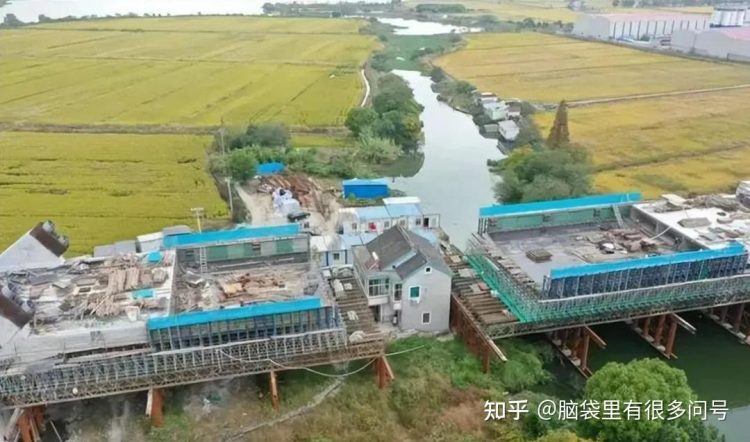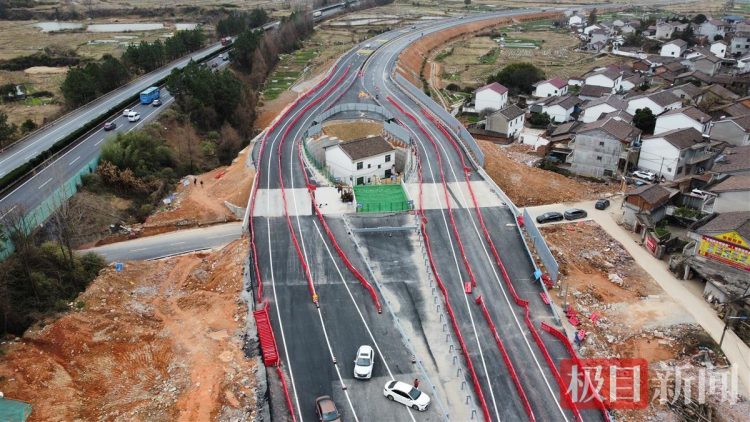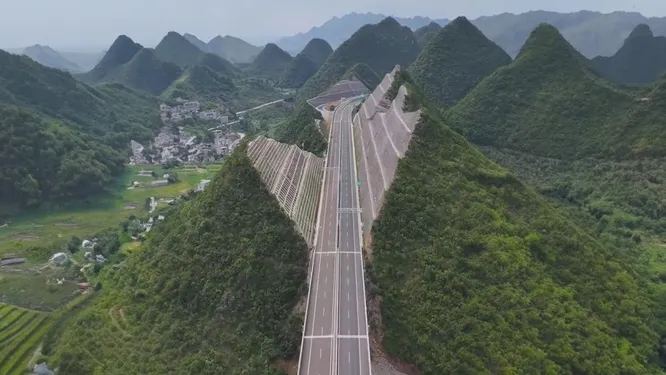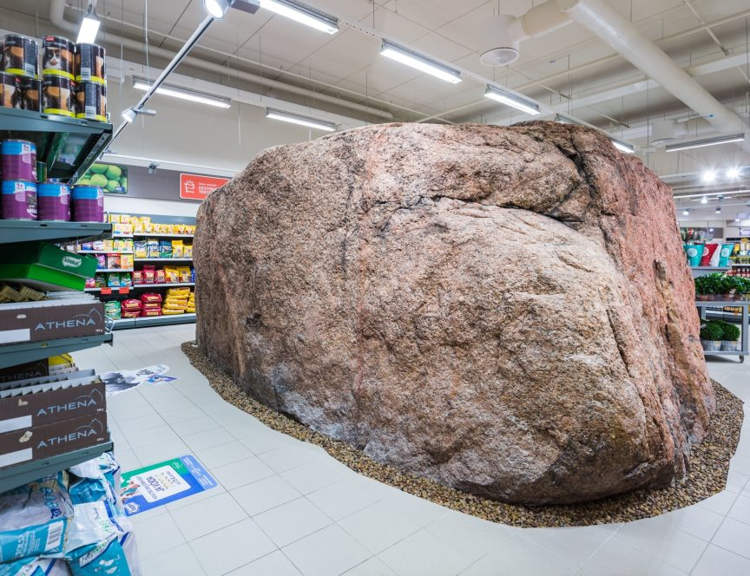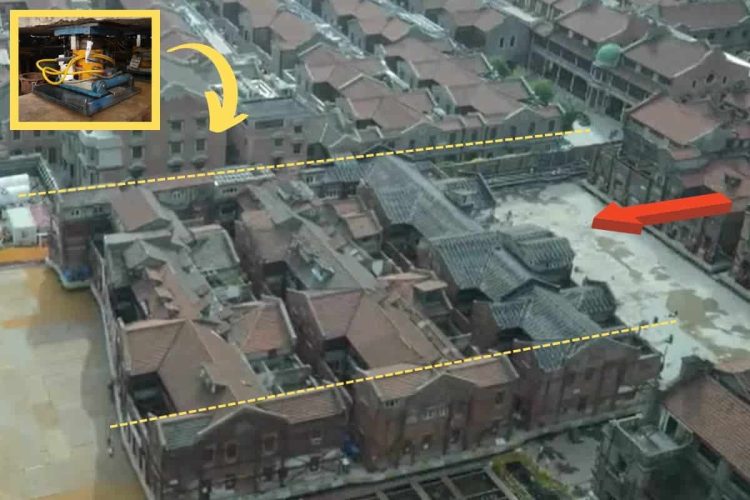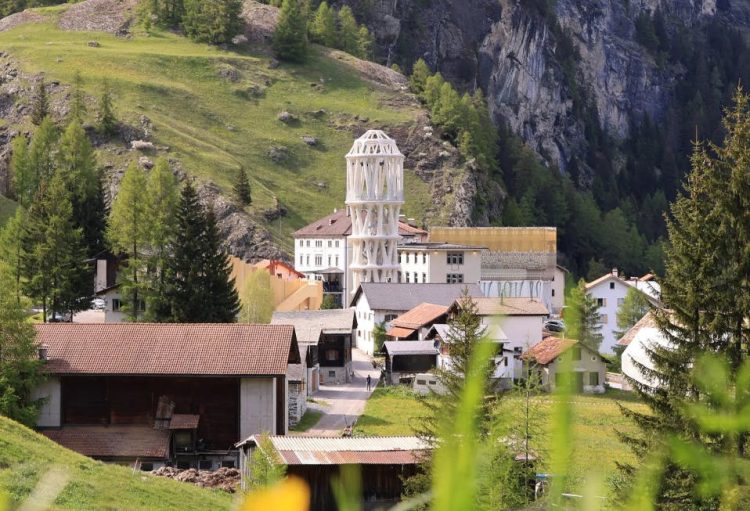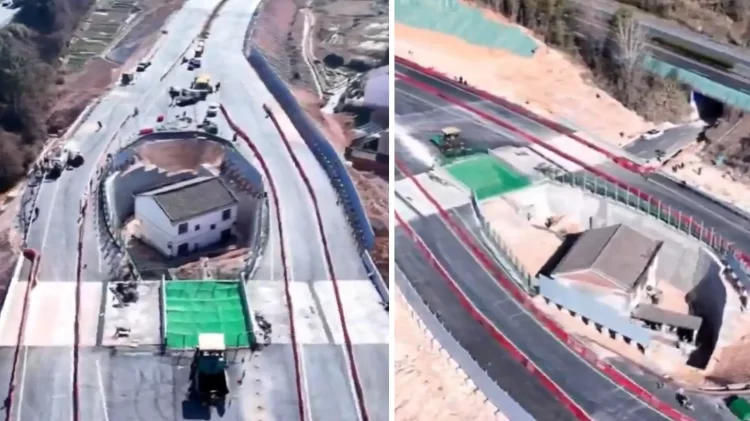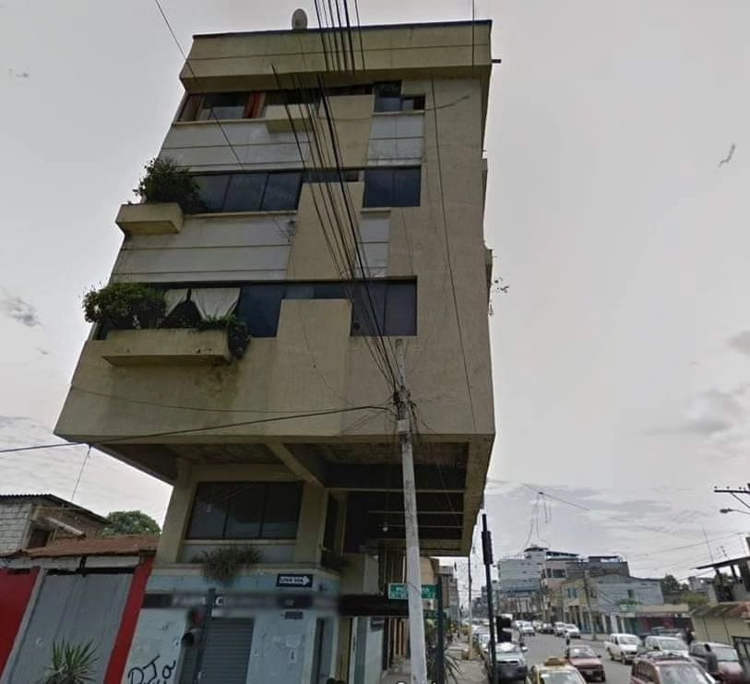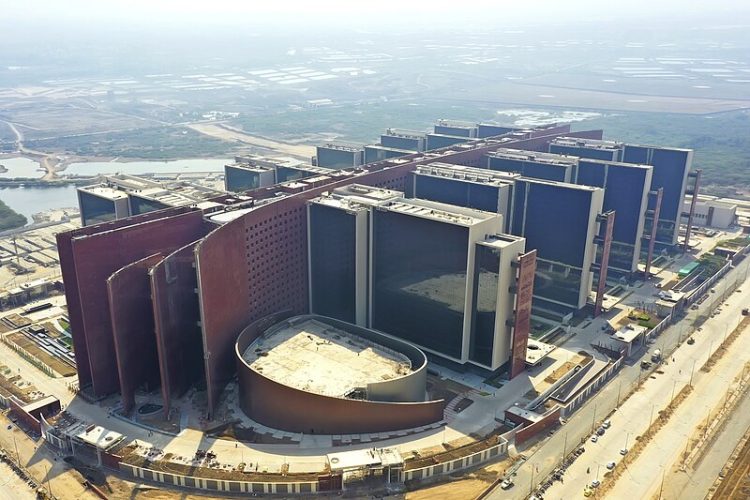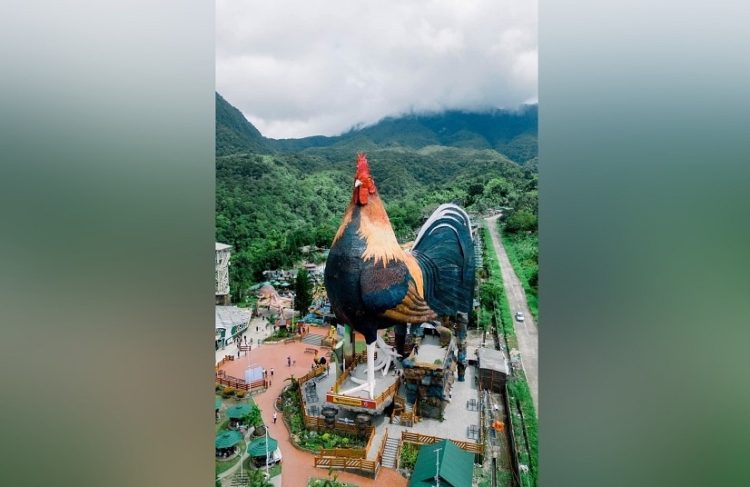French Botanist Patrick Blanc, is known as a master of vertical gardens. During his long career, he has designed hundreds of lush “green walls” that cover both the inside and outside of buildings all around the globe, but none are as impressive as the small urban jungle he calls home, on the outskirts of Paris
61-year-old Blanc makes vertical gardens by attaching metal frames to walls, covering them with PVC and rot-proof felts, and then setting up an irrigation system that dampens the felt and keeps the plants well hydrated. Since 1988, he has created hundreds of these botanical tapestries in public and private spaces around the world – including the Marithé & François Girbaud boutique in Manhattan, the Siam Paragon shopping center in Bangkok and the 21st Century Museum of Contemporary Art in Kanazawa, Japan.
Expanding on his unique method, Blanc worked on his dream home in the outskirts of Paris, in collaboration with architect Gilles Ebersolt. But while most of his professional projects present nature through a formally elegant design, the plants in his home are a tangle of leaves with a mold-smudged ceiling. From the outside, the house doesn’t look too impressive. But once you step inside, it’s like entering a whole new world.
The courtyard – with three walls covered entirely with plants – leads into an open-plan kitchen, dining room, and study. The latter is really special because it sits on top of a humongous 6mx7m, 20,000-liter fish tank. The glass top of the tank acts as the floor so Blanc’s desk looks down on to fish, turtles, water plants and reflections of the tropical birds flying above. The water is kept warm all year round, so it acts as underfloor heating during winter.
Almost all the walls in the house are covered with moss, ferns, and leaves of different shapes and sizes. Only one wall is dedicated to Blanc’s books, which are stored in stacked plywood boxes. The bathroom upstairs has an outdoor shower that faces the courtyard. “We call it our little jungle bungalow,” said Pascal Héni, Blanc’s long-time partner.
Blanc said that he hasn’t done anything special with his house in terms of architecture or interior design. All he did is build an elaborate ecosystem within it – with plants, fish and water, which are the only things he’s passionate about. “I like to reintegrate nature where one least expects it,” he explained.
“We live in an era where human activity is overwhelming. I think we can reconcile nature and man to a much greater degree. People become much more sensitive to nature when they suddenly see a plant wall in the Métro (where he hopes to build one). It calls out to them much more than plants in a garden.”
Patrick Blanc’s interest in urban ecosystems began at the age of eight, when he had an aquarium full of tropical fish. He began with a crude version of his plant wall at age 12. Back then, he had planted flowers on a mesh frame along the walls of his parents’ garden. And when he read about how rooting plants in water can purify them of nitrates, he grew rhododendrons in his aquarium and trained them to climb the wall.
Fascinated by the concept of plants flourishing without soil in low light, Blanc went on to study more about it at Pierre & Marie Curie University in Paris. He then traveled to Malaysia and Thailand in the 70s to observe how plants could grow on rocks or in forest underbush. He has also been a researcher with the National Center for Scientific Research in Paris for 25 years.
Although Blanc is a clear nature lover, he is not against the use of man-made materials for construction. For instance, one of the walls in his home is 25 years old, and he says it is the use of artificial materials that allowed it to endure the test of time. “People often have a hard time understanding that by using materials which are not biodegradable, it allows biology to install itself, and to last,” he explained.
“Humanity is living more and more in cities, and at odds with nature,” he added. “The plant wall has a real future for the well-being of people living in cities. A vertical garden is like a shop window, where all the plants are clearly visible.It’s quite different when you see a horizontal garden where everything is a matter of perspective. I think the biggest thing to highlight is the positive psychological effect vertical walls can have on those who look at them. The horizontal is finished – it is for us. But the vertical is still free.”
Photos: Patrick Blanc’s Vertical Gardens
Sources: The New York Times, The Guardian, WSJ









